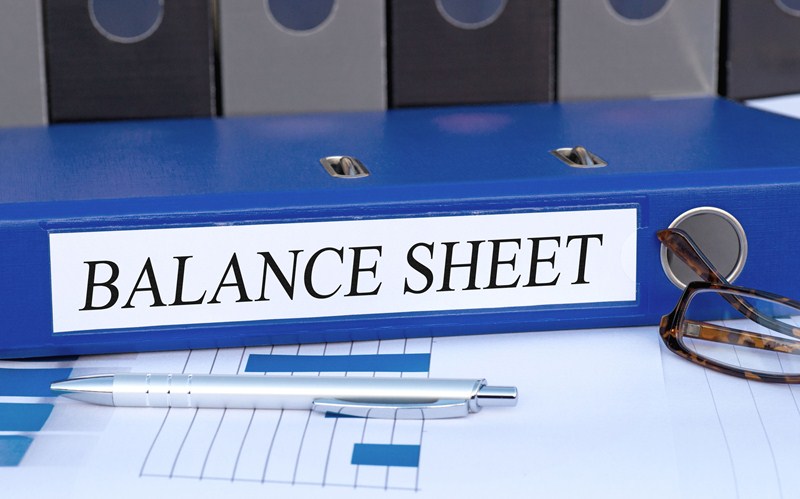Accountants would say that working capital is the difference between current assets and current liabilities. It is the capital of a business used in day to day trading operations.
Current assets are generally those that can be converted into cash reasonably quickly, money in your bank account. For example, stocks and work in progress, amounts due from customers and funds in bank accounts.
Current liabilities are amounts that need to be paid in the short-term: bills from suppliers, current payments due to banks and finance companies, overdrafts that may need to be reduced and so on.
The difference between these two sets of figures is your working capital. In a nut-shell it is the amount of capital that your business can count on at short notice to finance trade.
Interestingly, every business will require its own level of working capital. Businesses that have been prudent in the past and accumulated reserves will have increased their working capital – mostly money in the bank – and will have more resources to counter a downturn in trade.
Firms that have a adopted a more hand-to-mouth approach will have less chance of surviving disruption to their trade.
Coronavirus disruption has made demands on the working capital of many businesses. These demands have generally reduced working capital. Many firms have replaced this loss by borrowing – the government-backed loans for example – or taking advantage of the various grants and job retention support schemes.
Longer-term, affected businesses will need to trade their way back to more sustainable levels of working capital. This will be a challenge that some firms may struggle to meet.
Determining an adequate level of working capital to support your business and devising strategies to achieve this should be a key planning objective. If you need help crunching the numbers please contact us.


Recent Comments